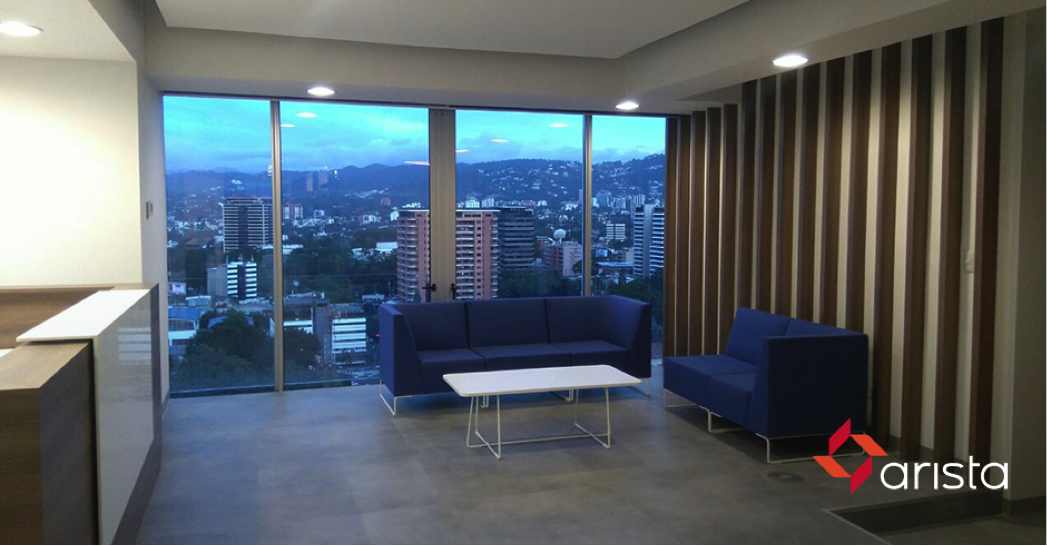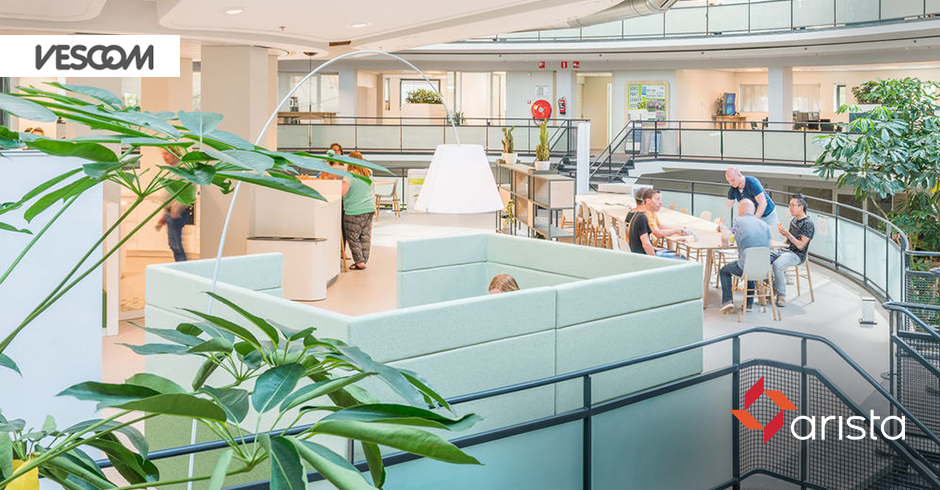.png)
With the passage of time, the business buildings seek to generate a positive impact, both in the external environment, as well as in the internal environment, seeking to achieve a much more sustainable and beneficial space in all its roads.
Sustainable offices are currently one of the architectural trends that are having the most impact in the world. This type of office aims mainly to obtain tangible benefits, such as optimal energy savings, reduction of waste and garbage and the use of alternative mechanisms to reduce unnecessary expenses.
Today in our blog we show you why sustainable offices have become a trend in the workspaces.
According to the Institute of Biomechanics of Valencia, many of the occupational disorders and diseases are derived from those working spaces that are not very functional and obsolete, close to 50% of the collaborators involved in the study specified that they have some kind of health problem.
But what can be done to make an office sustainable? How to make employees feel comfortable, and that their productivity increases?
First of all, it is necessary to conduct a thorough study to determine what elements are most affecting your employees, this analysis may vary depending on the sector in which your organization operates, which means that each industry will have different situations.
After the analysis, you must take into account 3 major elements that surround the theme of sustainability:
Environmental factor
Sustainable offices have some main characteristics:
- Considerable reduction of energy
- Correct use of the raw material
- Implementation of furniture and equipment with sustainable characteristics
- Reduce CO2 emissions in a good proportion
An office with green tendencies uses efficient methods to enhance and take advantage of natural lighting, in order to reduce the use of artificial lighting and use it only when strictly necessary.
Adapting large windows or intelligent lighting products in the room, provides collaborators with a space with greater comfort, rest and concentration.
Another important aspect is to take into account the 3R (reduce, recycle and reuse) to reduce the waste material. According to the Inter-American Development Bank, each Latin American generates around 0.63 kilograms of waste per day, which means that a 75-year-old person generates around 17.24 tons of waste throughout his life.
Without a doubt, it is an alarming figure, considering the number of inhabitants in the world and in companies.
Reduce
The first R emphasizes trying to minimize the consumption of products that, at the end of their useful life, become waste directly. It is not about completely eliminating the consumption of certain things, but about finding the right ways to generate a less negative impact on the environment.
Actions such as avoiding using plastic bags, minimizing the use of paper and napkins, using returnable containers in beverages, are part of the first step to achieve a more sustainable office.
Re-use
Back to use things that have a longer life will help to not generate unnecessary waste, an act that also has some economic benefit.
Recycle
Probably the step with more weight. Many of the materials and waste generated in companies can be recycled and used for the creation of new materials or objects.
On a large scale, recycling can be used to produce materials that can be used by large industries, materials that can be used, for example, for the manufacture of furniture, chairs or useful tools for various sectors of society.
Economic factor
It is important to implement solutions that help the company to have an economic and environmental balance. However, many times this benefit transcends beyond the monetary, because with the right sustainable resources the company can become a reference and an example for the business sector to which it belongs.
Social Factor
A company, by using sustainable methods and generating a positive impact on the environment, however small, will be contributing to the favorable development of society or the country in which it is located.
Each of these processes are linked hand in hand with other major premises of the world such as the contribution to safety, health and social welfare, in addition to meeting all business ethical criteria.
Sustainability in companies is a trend that is an increasingly open field, the owners of organizations feel much more committed to the environment, society and the development of a country.
Thanks to this, it contributes to reduce problems such as climate change, the increase of toxic gases in the environment and to make better use of available resources.
.png)


